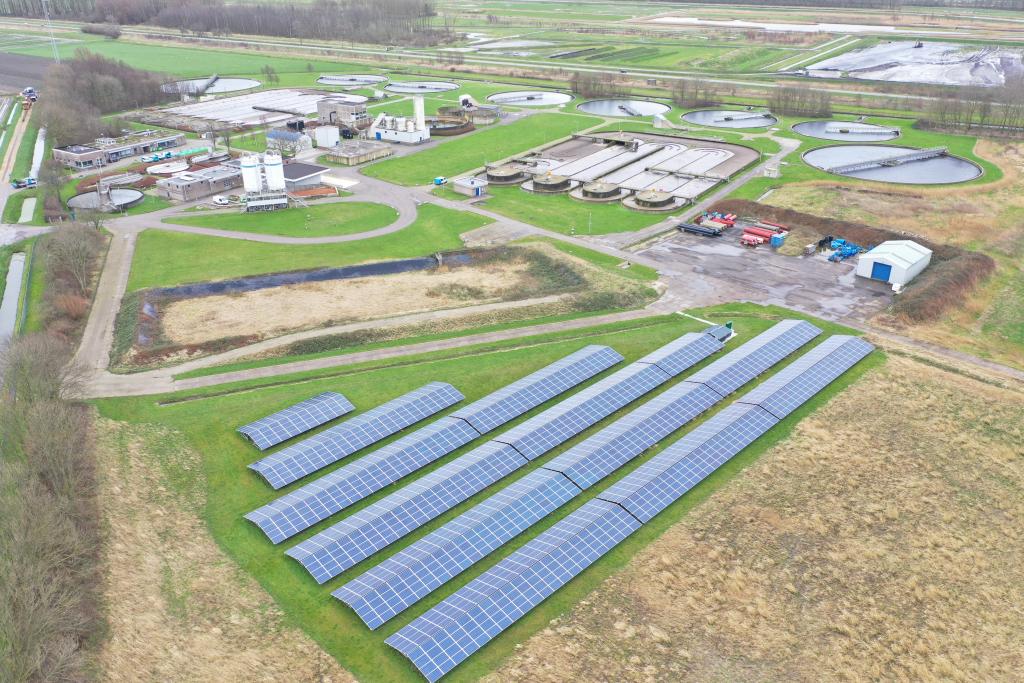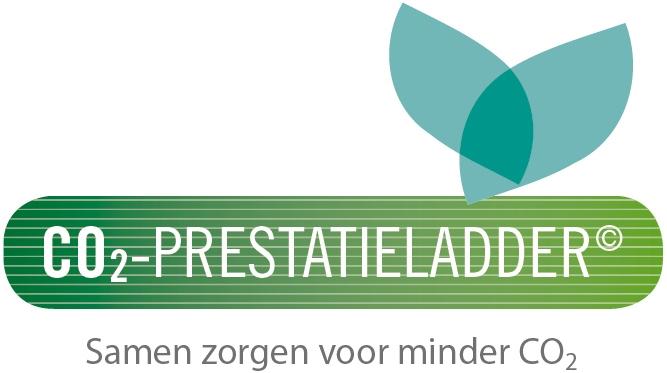Working sustainably - internally
Climate and Energy Program (KEP).
At the 2015 climate summit in Paris, 174 countries agreed to reduce greenhouse gas emissions. The countries want to prevent global warming of two degrees before the end of this century. The Netherlands developed measures in the 2019 Climate Agreement.
Climate change affects all of our tasks. Think of flood safety, drainage and water quality. We are therefore working hard to reduce the consequences of climate change. For example, by strengthening dikes and by taking measures against flooding with municipalities. We are also working on new sources of fresh water. In this way we are responding to the consequences of increasing drought.
At the same time, we are reducing our own footprint. As one of the largest consumers of energy in North Holland, the Water Board wants to be climate neutral by 2025. That is, to meet its own energy needs and beCO2 neutral.
We use a lot of energy to treat wastewater, dry sewage sludge and regulate water levels. With our own climate and energy program, we are gradually reducing greenhouse gas emissions.
We do this by saving energy, deploying new technologies and devoting resources to green energy. Right now (2020) we are already generating 40% of the energy we use sustainably.

Rwzi Geestmerambacht
CO2 performance ladder
HHNK was one of the first water boards to be certified on theCO2 performance ladder. This enables us to make ourCO2 emissions transparent and to reduce them in a targeted way.
In the coming period we will focus on our ownCO2 emissions. We will provide insight into our own energy flows, such as the consumption of gas, electricity and fuel and also the business kilometers driven by employees.
HHNK'sCO2 performance is publicly available and can be found on the CO2 performance ladder page.

Fleet
HHNK wants to make its vehicle fleet completely sustainable.
Currently, all diesel-powered vehicles run on blue diesel. This most sustainable diesel (HVO100) is made from vegetable oils and fats derived from industry. This produces up to 90% lessCO2 emissions compared to regular diesel. It also releases fewer other harmful substances.
In addition, we have 13 electric vehicles and this number is growing. The cars run on electricity from solar panels on our buildings and treatment plants.